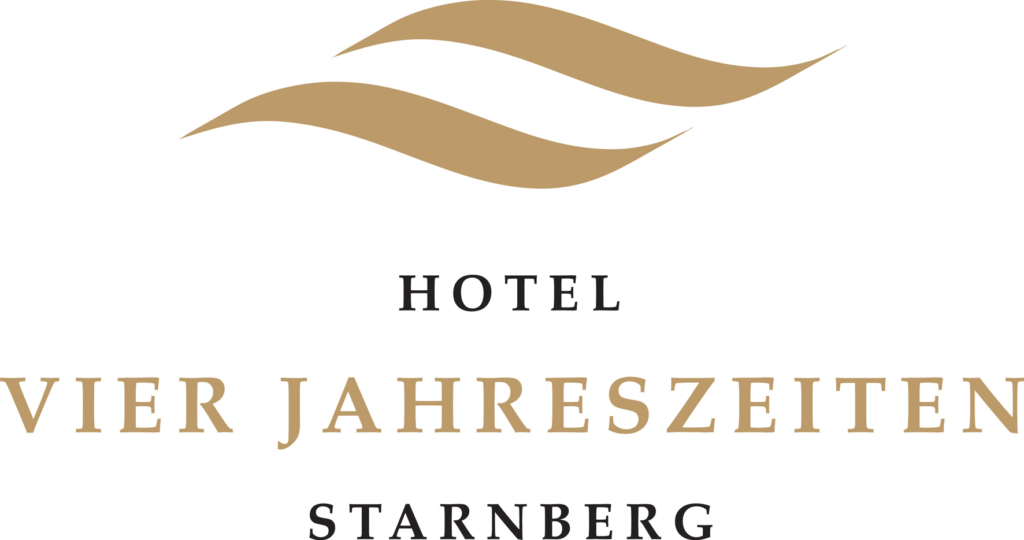The Internet has had an impact on almost every industry out there and how could hotel industry be an exception to this revolution. Traditional booking mechanisms like phones and agents have been replaced by OTAs, brand websites, and other channels. Some channels are more profitable or we can say less costly than others are. Hotels have to continuously make sure that they are using the most profitable channel to sell their inventory to maximize revenues. Yielding and Pricing strategy has the prime role to play in determining which channel shall be used to maximize revenues. However, some hotel revenue managers fail to determine which channels have been major contributors to the revenue against the cost incurred on them.
Studies reveal that cost of distribution has grown manifold as compared to revenues. This scenario can be detrimental to the health of the hotel industry in the long run and calls for hoteliers to adopt measures to control distribution costs. Some channels even charge up to one-third of the room price as commissions.
With so much to leave on the table, it becomes imperative for hotels to continually audit the performance and contribution of different channels to the revenue. Optimum hotel distribution not only affects financial health but also has a considerable impact on marketing strategies and technology required to maintain the sales data.
Hospitality industry becomes fiercely competitive when it comes to urban properties like resorts and penthouses. They are generally booked by high spenders and hence award opportunities to hoteliers to earn handsome returns on such big size bookings. This also calls for hotels to determine the channels that not only fetch the best room rates but also clinch high-spending guests. Evaluating these drill-down parameters can only reveal the right distribution channel that is most profitable in the true sense.
Various distribution channels ranging from call/walk-ins, Global Distribution Systems (GDSs) to diverse online channels like OTAs, metasearch sites, and social media have made the profitable hotel distribution task more intricate and complex than ever before. Successful hotel operation demands the all three parties responsible for distribution, marketing and revenue to work together in close coordination to optimize pricing strategy, revenue generation and net profits.
Key Problems in Distribution
Let us discuss key problems that hoteliers face in distribution and how they can use real-time search monitoring to address these challenges?
-
Inventory allocations
-
Figuring how many rooms to be sold through which channel and when
In times of high demand, revenue managers have enough room to experiment with different channels and manage to get away with decent revenues. However, in times of low demand and excess capacity, choosing a wrong or costly channel mix can bleed already lean revenues. Hotels may end up giving high commissions to OTAs even with slashed prices making it difficult to recover operational costs.
-
Opportunity: Real-time monitoring of search traffic through major distribution channels
Revenue management and distribution management are complementary to each other. They are committed to selling the right room, to the right customer and equally important, at the right time. This helps hotels earn maximum revenues from every channel. Hotels should monitor the performance of their distribution channels in real time so that they have a clear idea of hotel inventory availability enabling them to set the right prices on the right channel.
-
-
Real-time data for keeping track of demand
-
Demand estimation and changing prices in real time
Hotel industry clearly thrives on dynamic pricing. Higher the demand, higher the prices and vice versa. Hotels need to have a clear idea of their demand patterns so that they can change the prices proactively and not leave a single buck of revenue on the table. Moreover, hotels need to be equally vigilant that their prices are reasonable and do not induce demand resistance among the target audience.
-
Monitoring real-time search traffic for early warnings of high, low or abnormal demand flows
As discussed earlier hotels should be aware of market demand under all circumstances. Usually, the rise in demand at various times in the year aligns with the historical demand patterns. However, sometimes, hotel demand rises uncertainly due to an upcoming big conference or any event in the city. Hotels should monitor search data to keep a tap on any impending rise in demand. This provides hoteliers to proactively change their pricing to earn the maximum revenues out of every opportunity.
-
-
Negotiation strategies with OTAs
Identify OTAs that fetch the best guest, for the least commissions
Until now, OTAs contribute a maximum number of bookings for any hotel. There are “n” number of OTAs in the market for hotels to choose from. Selecting the right OTAs for hotel distribution can do wonders. An OTA that can get maximum bookings for least commission are the ones to be chosen. Evaluating search traffic can bring out surface stats as to which OTAs attract a maximum number of visitors. This can help hotels to shortlist OTAs to choose from.
These stats can help hotels negotiate the much painful commissions and establish grounds for reasonable demands by the OTAs. Not all OTAs work out well for any hotel and any hotel cannot rely on one OTA for all the bookings. Hotels need to tie up with different OTAs to assess which perform better and discard the ones that are less profitable.
-
Customer segmentation
-
Identifying guest categories
Guest is no less than Gods to hotels. They are the king and shall be dealt with appropriately. However, like fingers, not all guests are the same. They can be categorized on different parameters like age, motive of booking like leisure or business
Hotel’s success depends much on their ability to deliver 1-to-1 personalized offers and services to each guest. However, there are many things a Revenue Manager can do to better understand the guests searching for a room, the context of the travel and the distribution channels being used. Insight about the purpose of the travel, such as leisure or business, families, singles or groups can be derived to offer more targeted offers.
-
Use real-time search context to identify customer segment and improve offers
With changing business models, up front it is not easy to figure out which bookings are business bookings and which ones are purely leisure, in fact, these days it is a mix of both (Bleisure). However, considering mid-week bookings as business and weekend bookings as leisure bookings can help in some way. This lets hoteliers come up with suitable packages at the right time for right customer group, which fits in their budget thus increasing the number of bookings.
-
Hotel distribution is an intricate and painstaking process exposed to a myriad of market forces. We can decode some of the governing forces and develop strategies around them to utilize them to our benefit.
By above discussion, our readers can clearly establish how search-based analytics can help hotels optimize the hotel inventory distribution game.
 Malaysia
Malaysia
 UAE
UAE
 Indonesia
Indonesia
 Thailand
Thailand
 Deutsch
Deutsch Português
Português Italiano
Italiano Espanol
Espanol čeština
čeština ไทย
ไทย العربية
العربية Français
Français


